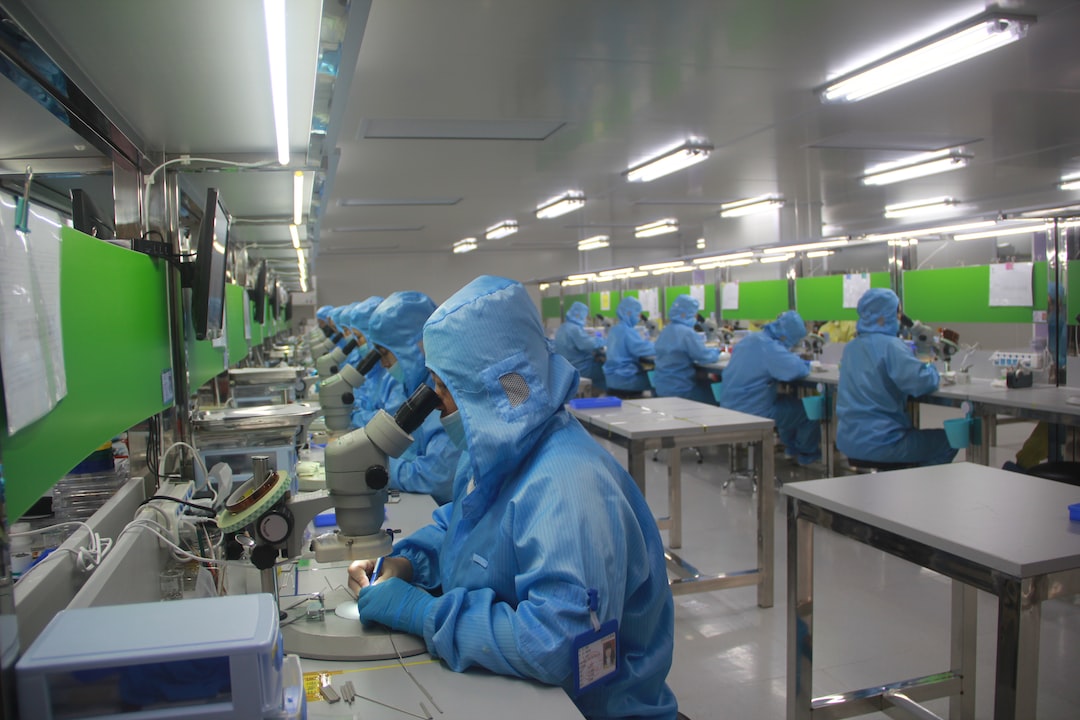Exploring the Benefits of Collaborative Robots (Cobots) in Manufacturing
In the realm of manufacturing, technology is constantly evolving to increase productivity and efficiency. One innovative development that has gained significant traction in recent years is the use of collaborative robots, also known as cobots. These robots differ from their traditional counterparts in that they are designed to work alongside humans, rather than replacing them. Let’s delve into the numerous benefits that cobots bring to the manufacturing industry.
Improved Safety
One of the primary advantages of cobots is enhanced worker safety. Traditional industrial robots are typically large, powerful machines that require safety cages to keep workers at a distance. In contrast, cobots are designed to be safe to work next to and can even stop instantly upon detecting a collision with a human. This reduces the risk of accidents and injuries, making the manufacturing environment a safer place for workers.
Increased Productivity
Cobots are highly flexible and versatile, allowing them to perform a wide range of tasks. They can assist with repetitive and monotonous tasks, freeing up human workers to focus on more complex and strategic assignments. With cobots taking on the repetitive tasks, workers can devote their time and energy to tasks that require creativity and problem-solving skills. This not only boosts productivity but also enhances the overall quality of the production process.
Cost-Effectiveness
Implementing traditional automation in manufacturing often requires significant investments in infrastructure and specialized training. In contrast, cobots offer a more cost-effective solution. These robots are generally lightweight, easy to program, and do not require complex installations. They can be quickly integrated into existing workflows without disrupting the entire production line. This makes them an accessible option for small and medium-sized enterprises (SMEs), who can benefit from automation without investing heavily.
Optimized Space Utilization
Cobots are designed to be compact and nimble, making them suitable for small production areas. Unlike their traditional counterparts, cobots do not require large safety perimeters or additional space for movement over long distances. As a result, manufacturers can make the most efficient use of their available space. Cobots can easily operate in tight spaces, alongside human workers or even on mobile platforms, adding further flexibility to manufacturing processes.
Improved Ergonomics
Repetitive and physically demanding tasks can take a toll on workers, leading to musculoskeletal disorders and long-term health issues. Cobots offer a solution to this problem by taking over these tasks. By collaborating with cobots, workers no longer need to put excessive strain on their bodies, thereby reducing the risk of occupational injuries. This improves the overall well-being of workers and enhances job satisfaction, leading to a more motivated workforce.
Enhanced Quality Control
Manufacturing processes require strict adherence to quality standards. Cobots can play a crucial role in ensuring consistent quality control. These robots can be equipped with sensors and cameras to detect defects and irregularities at each stage of production. They can also perform precise and repetitive tasks with high accuracy, reducing the chances of human error. By incorporating cobots into quality control processes, manufacturers can enhance product quality and reduce waste.
In conclusion, collaborative robots are transforming the manufacturing industry in numerous ways. From increased safety and productivity to cost-effectiveness and improved quality control, cobots offer a wide range of benefits. As these robots continue to evolve, manufacturers can expect further advancements that will contribute to increased efficiency and a more agile and competitive industry.


